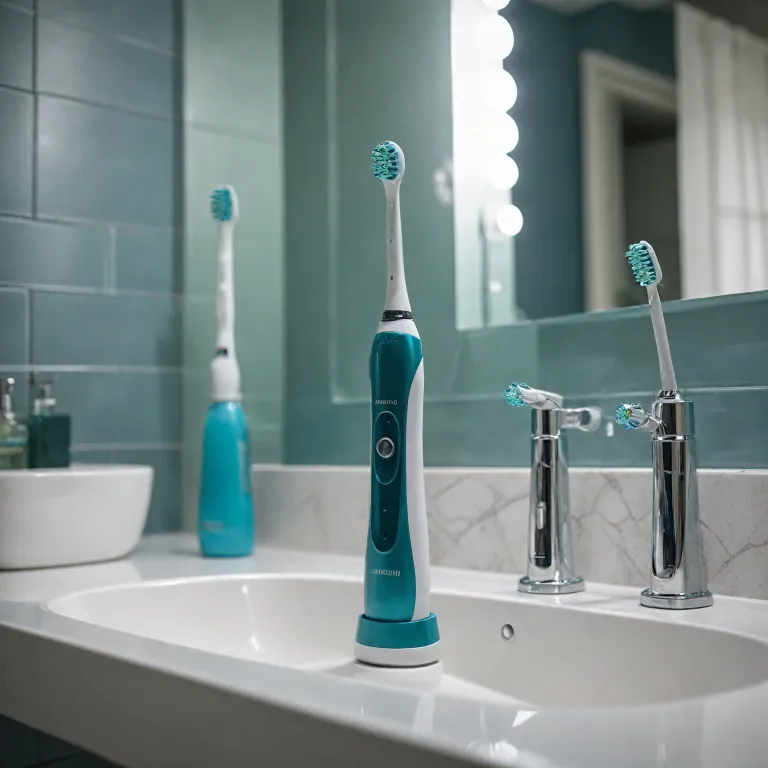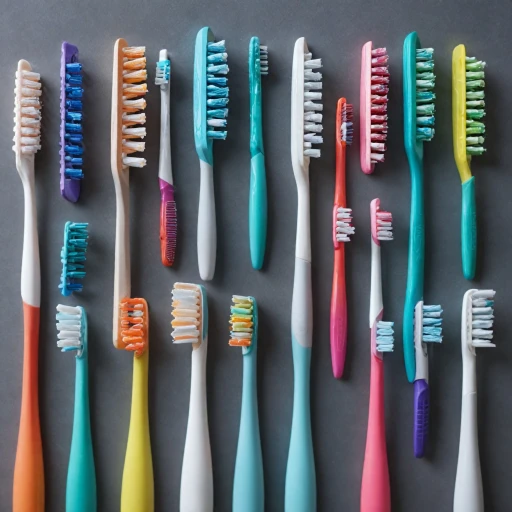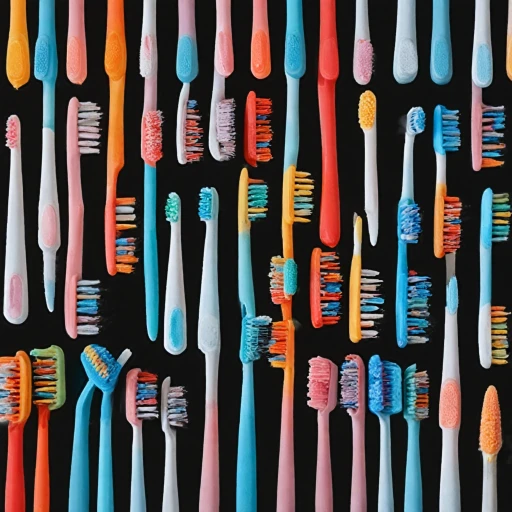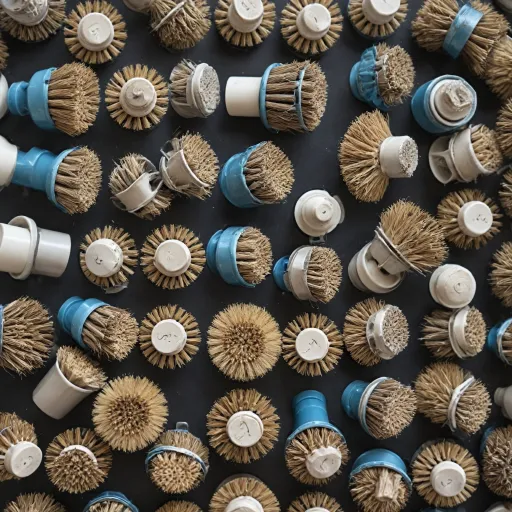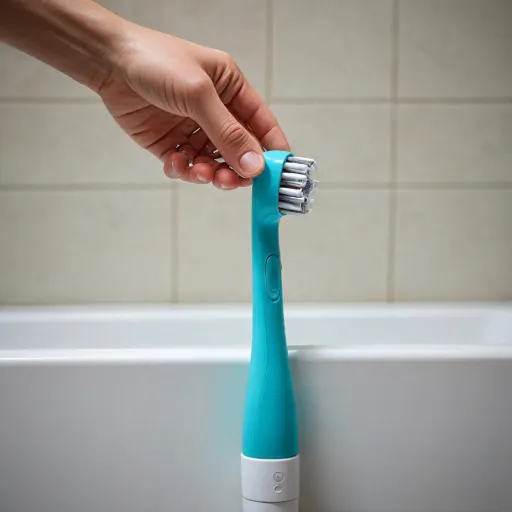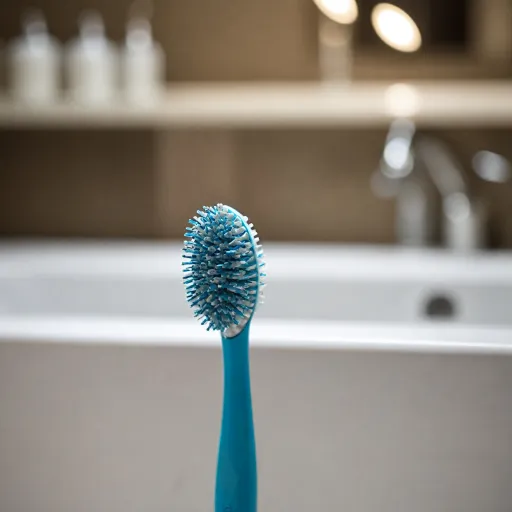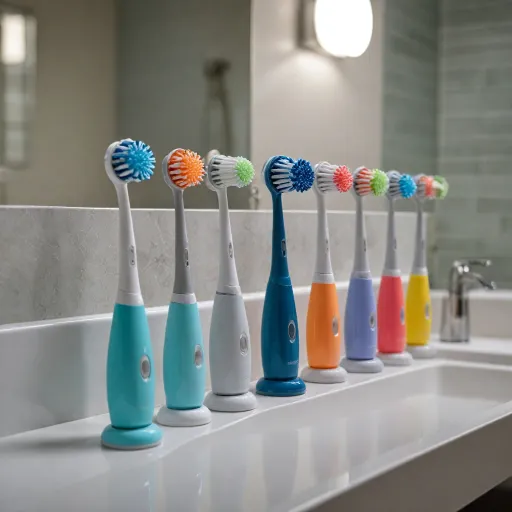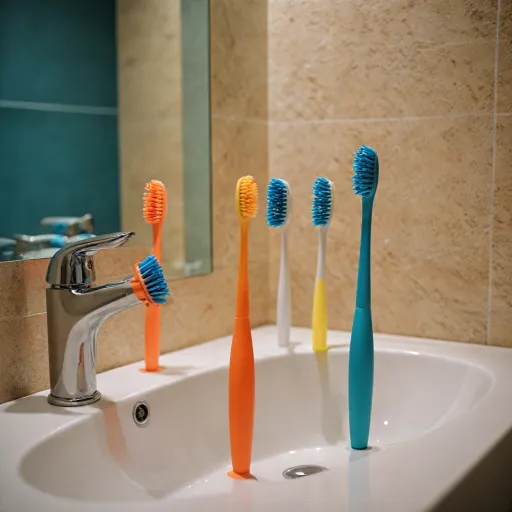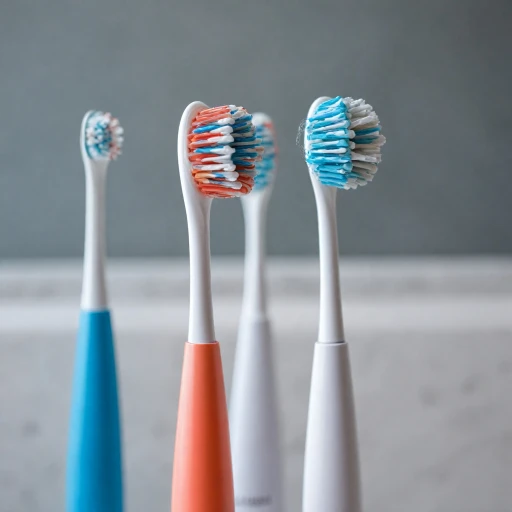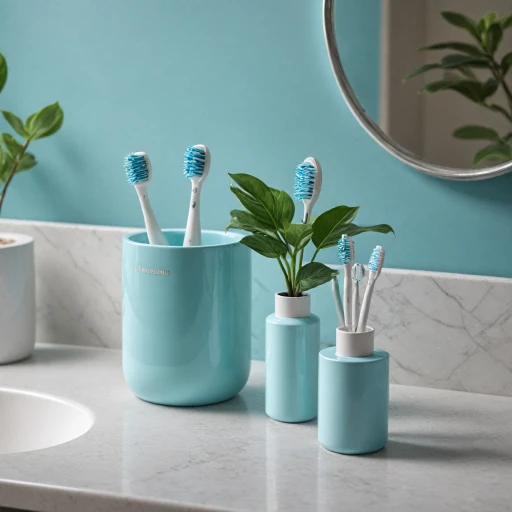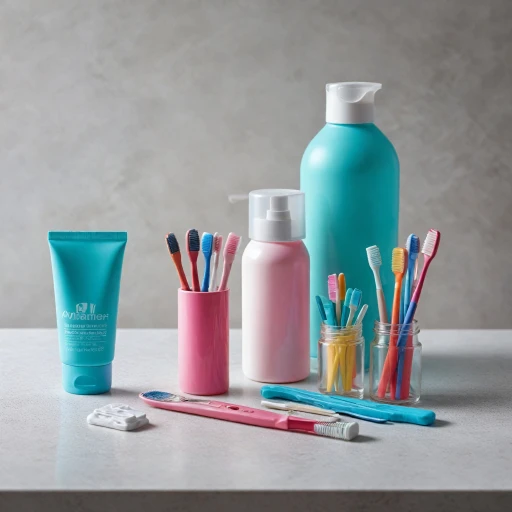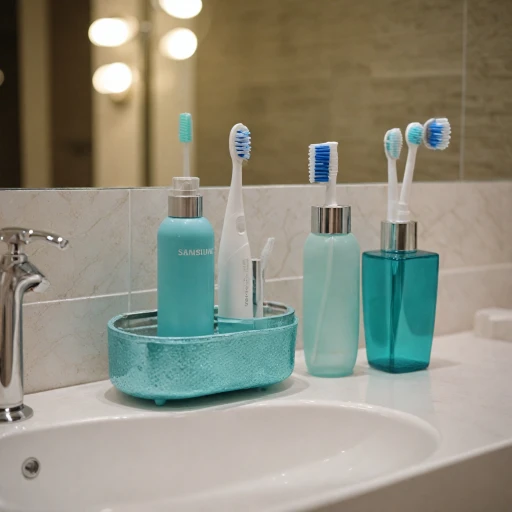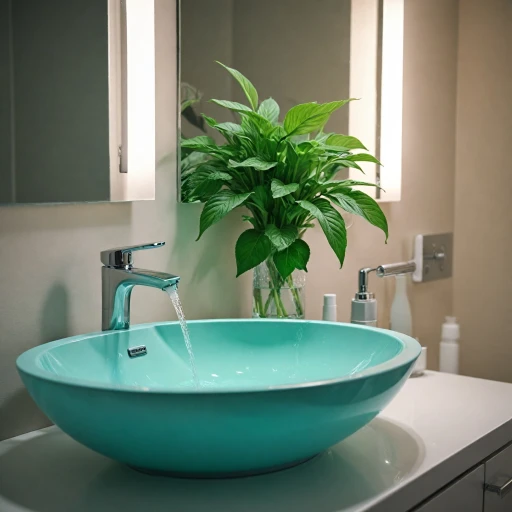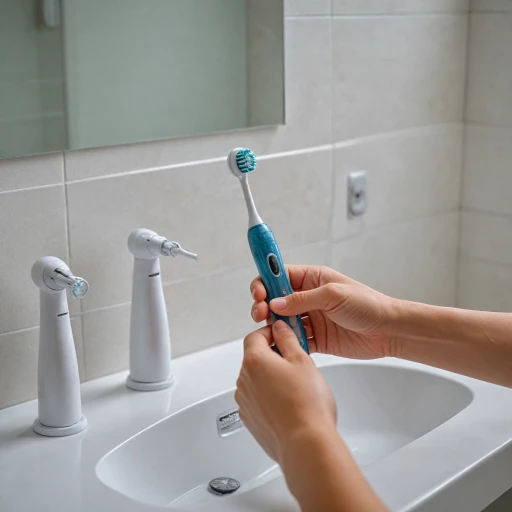
Understanding Your Electric Toothbrush
Decoding the Electric Toothbrush: What You Should Know
When it comes to achieving optimal oral health, understanding how your electric toothbrush differs from traditional manual toothbrushes is an essential first step. Electric toothbrushes are designed to enhance your daily oral hygiene by providing consistent and effective brushing movements that a manual approach might lack.
Electric toothbrushes come with a variety of features, each aimed at elevating your brushing technique and maintaining dental health. While there are different types of electric toothbrushes, such as those that employ oscillating or sonic technologies, they generally offer the same key benefits:
- Effortless Plaque Removal: Electric toothbrushes are adept at removing plaque from all surfaces of the teeth with less effort compared to brushing manually. This helps in avoiding tooth decay and maintaining healthy gums.
- Built-in Timers: One of the significant advantages is that most electric toothbrushes come with built-in timers to ensure that you brush your teeth properly for the recommended two minutes.
- Multiple Brush Modes: Depending on the model, your toothbrush might offer modes for specific needs like sensitive gums or whitening.
When you opt for an electric toothbrush, it usually comes with rechargeable options, ensuring that you have consistent power for maintaining your oral routine. The brush head also plays a crucial role in oral care, designed to clean teeth thoroughly without brushing too hard, which can be harmful to your gums.
In subsequent sections, you'll learn not only how to prepare your toothbrush for its first use but also explore various brushing techniques and maintenance tips to help you fully master your electric toothbrush experience.
Preparing Your Electric Toothbrush for Use
Getting Ready to Brush: Preparing Your Electric Toothbrush
Preparing your electric toothbrush might seem like a trivial step, but setting it up correctly can make a significant difference in your oral health routine. Before you begin brushing teeth, take a moment to ensure that your toothbrush is ready to optimize your dental care.- Ensure the Battery is Charged: Most electric toothbrushes are rechargeable, so make sure yours is fully powered. This will help to maintain consistent brush movements, enhancing your cleaning efficiency.
- Attach the Correct Brush Head: The toothbrush head is crucial in removing plaque and cleaning hard-to-reach surfaces teeth. Check that the brush head is securely attached and compatible with your model.
- Select the Right Settings: Many electric toothbrushes offer different modes, such as sensitive or deep clean. Choose a setting that suits your oral health needs and comfort level.
- Apply the Right Amount of Toothpaste: Electric toothbrushes need only a pea-sized amount of toothpaste. Using more can make brushing messy and less effective.
- Adjust the Angle: Hold toothbrush at a 45-degree angle against your gum line. This helps to remove plaque effectively without brushing hard, which can irritate gums and tooth surfaces.
Proper Brushing Techniques
Mastering the Art of Electric Toothbrush Brushing
Gearing up to brush teeth with your electric toothbrush can make a stark difference in your oral health. Although using an electric toothbrush might seem straightforward, the devil is in the details.- Hold the toothbrush slightly on the areas you wish to clean. A 45-degree angle is recommended, ensuring the brush head can reach the surfaces of your teeth effectively, particularly around the gum line. This positioning helps remove plaque and bacteria effectively, protecting against tooth decay.
- Avoid brushing too hard. Unlike manual toothbrushes, electric toothbrushes do most of the work for you. Pressing too hard can harm the gums, causing gum recession over time. Let your toothbrush glide along the teeth and gums gently.
- Brush for a comprehensive clean. Ensure that every tooth surface — front, back, and chewing surfaces — is attended to. Many electric toothbrushes come with timers to assist you in brushing for the dentist-recommended two minutes, allowing you to focus on brushing the teeth properly without rushing.
- Use gentle, small circular motions. Allow the toothbrush’s oscillating or rotary motion to take center stage, ensuring all oral surfaces receive equal attention. These motions enhance your brushing technique and contribute to greater dental health substantially.
Common Mistakes to Avoid
Missteps to Avoid with Your Electric Toothbrush
To maximize the benefits of using an electric toothbrush, it’s crucial to sidestep some common pitfalls that can undermine your oral health efforts. Here are practical tips to help you make the most of your brushing routine:- Brushing Too Hard: One might think that pressing hard on the toothbrush would lead to cleaner teeth. However, brushing too hard can damage gums and tooth enamel. Let the electric toothbrush do the work—gently guide it across surfaces.
- Wrong Brushing Angle: Unlike manual toothbrushes, electric toothbrushes are designed to remove plaque effectively without too much manipulation. Hold your toothbrush at a 45-degree angle to the gum line to ensure full contact with teeth surfaces.
- Neglecting All Surfaces: Make sure to cover every surface of your teeth thoroughly. Pay extra attention to hard-to-reach areas to prevent plaque buildup that can lead to tooth decay.
- Rushing Your Routine: An effective brushing routine should last for at least two minutes. Most electric toothbrushes have timers to help you maintain the recommended brushing time.
- Ignoring Brush Head Condition: A worn-out brush head won’t clean teeth properly and can harm your gums. Change your brush head every three months or when bristles appear frayed.
Maintaining Your Electric Toothbrush
Caring for Your Electric Toothbrush to Ensure Longevity
Proper maintenance of your electric toothbrush is crucial to ensure its effectiveness in removing plaque and promoting oral health. Here are some essential tips to help you keep your electric toothbrush in top condition:- Regularly Clean the Brush Head: After brushing teeth, rinse the brush head thoroughly with tap water to remove toothbrush residue and toothpaste. This prevents the buildup of bacteria and ensures your toothbrush is always clean.
- Store it Upright: Allow your toothbrush to air dry by storing it in an upright position. Avoid placing it in closed containers, as this can encourage bacterial growth on the brush surfaces.
- Avoid Brushing Hard: Brushing too hard with an electric toothbrush can damage the brush head and wear out the bristles prematurely. This can reduce its efficiency in cleaning teeth and preserving dental health.
- Check the Degree of Brush Head Wear: Over time, the bristles on your electric toothbrush will wear out. Keep an eye on the degree of wear and replace the brush head as advised by the manufacturer to ensure optimal oral health care.
- Care for the Rechargeable Base: If using a rechargeable toothbrush, ensure the base is kept dry and free from water to prevent electrical damage. Only charge your toothbrush according to the instructions provided.
- Replace Brush Heads Regularly: It is recommended to replace the brush head every three months or sooner if the bristles become frayed. Manual toothbrushes and electric toothbrushes both rely on fresh bristles to clean teeth properly and maintain oral health.
